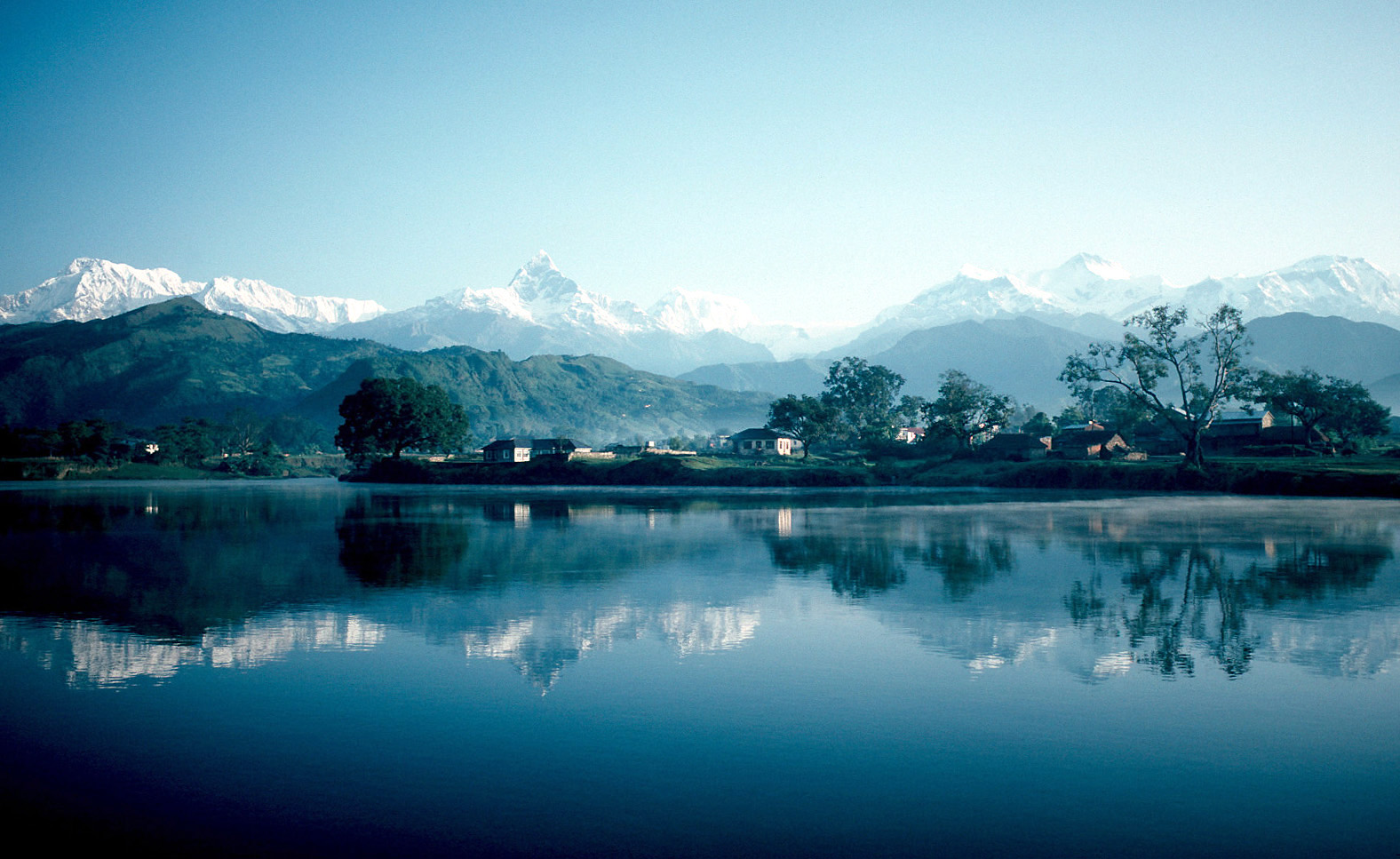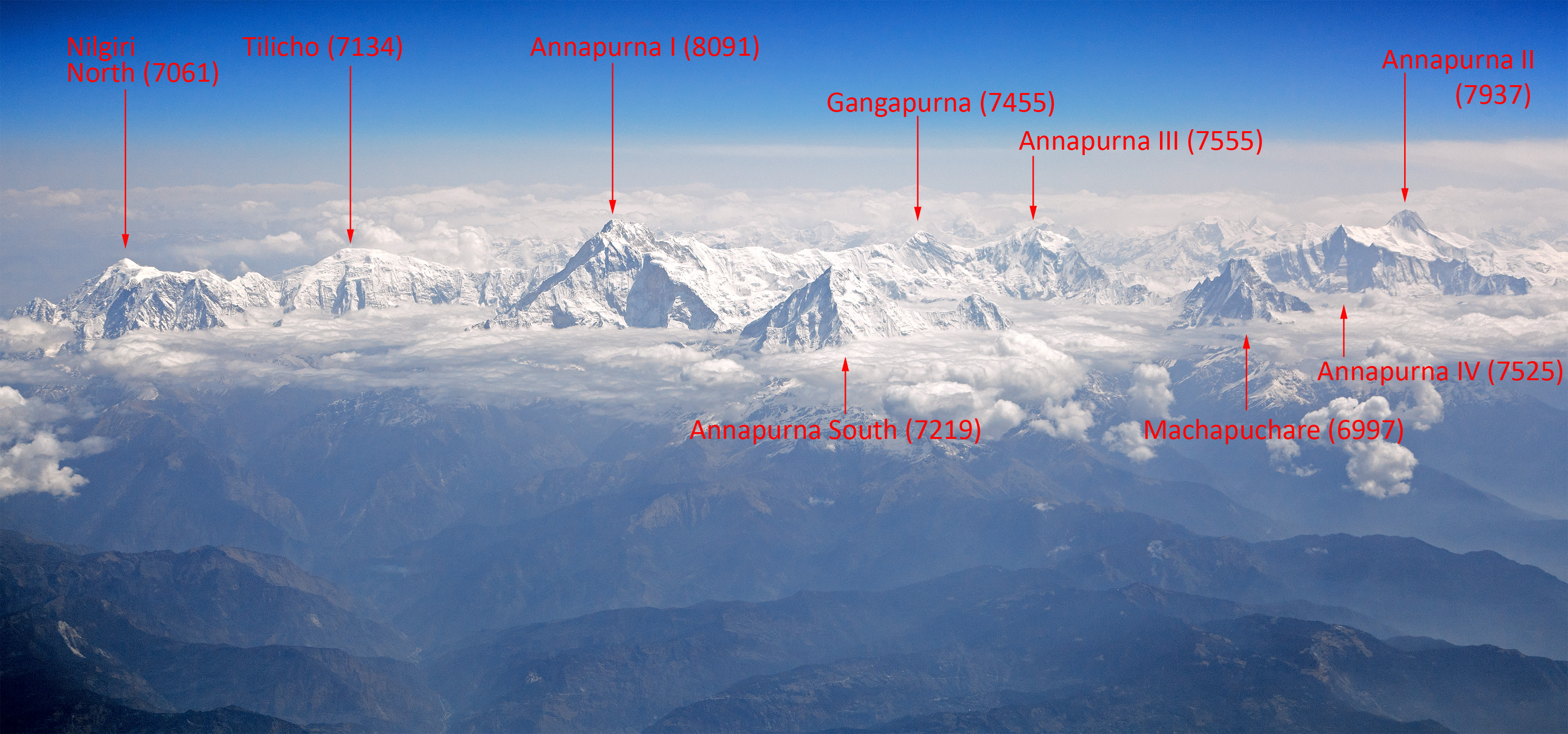|
J. O. M. Roberts
Lieutenant Colonel James Owen Merion Roberts MVO MBE MC (21 September 1916 – 1 November 1997) was one of the greatest Himalayan mountaineer-explorers of the twentieth century; a highly decorated British Army officer who achieved his greatest renown as "the father of trekking" in Nepal. His exploratory activities are comparable to those of Eric Shipton and Bill Tilman. Born in Gujarat, India on 21 September 1916 to Henry and Helen Roberts, Roberts spent his early life in India, where his father was a headmaster. After attending King's School, Canterbury and then the Royal Military College, Sandhurst, he was commissioned onto the Unattached List for the Indian Army in August 1936 as a 19-year-old subaltern to satisfy his ardent craving for mountaineering. After a probationary year attached to the 1st Battalion, the East Yorkshire Regiment in India, he was posted to the 1st battalion, 1st (King George V's Own) Gurkha Rifles in November 1937. His first major expedition was ... [...More Info...] [...Related Items...] OR: [Wikipedia] [Google] [Baidu] |
Royal Victorian Order
The Royal Victorian Order (french: Ordre royal de Victoria) is a dynastic order of knighthood established in 1896 by Queen Victoria. It recognises distinguished personal service to the British monarch, Canadian monarch, Australian monarch, or New Zealand monarch, members of the monarch's family, or to any viceroy or senior representative of the monarch. The present monarch, King Charles III, is the sovereign of the order, the order's motto is ''Victoria'', and its official day is 20 June. The order's chapel is the Savoy Chapel in London. There is no limit on the number of individuals honoured at any grade, and admission remains at the sole discretion of the monarch, with each of the order's five grades and one medal with three levels representing different levels of service. While all those honoured may use the prescribed styles of the order – the top two grades grant titles of knighthood, and all grades accord distinct post-nominal letters – the Royal Victorian Order's ... [...More Info...] [...Related Items...] OR: [Wikipedia] [Google] [Baidu] |
Kathmandu
, pushpin_map = Nepal Bagmati Province#Nepal#Asia , coordinates = , subdivision_type = Country , subdivision_name = , subdivision_type1 = Province , subdivision_name1 = Bagmati Province , subdivision_type2 = District , subdivision_name2 = Kathmandu , established_title = , founder = Manjushri , parts_type = No. of Wards , parts = 32 , seat_type = , seat = , government_footnotes = , government_type = Mayor–council government , governing_body = Kathmandu Metropolitan Government, , leader_title = Mayor , leader_name = Balendra Shah ( Ind.) , leader_title1 = Deputy mayor , leader_name1 = Sunita Dangol (UML) , leader_title2 = Executive Officer , leader_name2 = Basanta Adhikari , unit_pref ... [...More Info...] [...Related Items...] OR: [Wikipedia] [Google] [Baidu] |
Putha Hiunchuli
Putha Hiunchuli (Dhaulagiri VII) is a mountain in Nepal and part of the Dhaulagiri Range. It lies at the west end of the Dhaulagiri II chain and is 7246 meters high, making it the 95th highest mountain in the world. It was first climbed in 1954 by J. O. M. Roberts and Ang Nyima Sherpa Sherpa may refer to: Ethnography * Sherpa people, an ethnic group in north eastern Nepal * Sherpa language Organizations and companies * Sherpa (association), a French network of jurists dedicated to promoting corporate social responsibility * .... References Seven-thousanders of the Himalayas Mountains of the Karnali Province Mountains of the Lumbini Province {{Nepal-mountain-stub ... [...More Info...] [...Related Items...] OR: [Wikipedia] [Google] [Baidu] |
Mount Everest
Mount Everest (; Tibetan: ''Chomolungma'' ; ) is Earth's highest mountain above sea level, located in the Mahalangur Himal sub-range of the Himalayas. The China–Nepal border runs across its summit point. Its elevation (snow height) of was most recently established in 2020 by the Chinese and Nepali authorities. Mount Everest attracts many climbers, including highly experienced mountaineers. There are two main climbing routes, one approaching the summit from the southeast in Nepal (known as the "standard route") and the other from the north in Tibet. While not posing substantial technical climbing challenges on the standard route, Everest presents dangers such as altitude sickness, weather, and wind, as well as hazards from avalanches and the Khumbu Icefall. , over 300 people have died on Everest, many of whose bodies remain on the mountain. The first recorded efforts to reach Everest's summit were made by British mountaineers. As Nepal did not allow foreigners ... [...More Info...] [...Related Items...] OR: [Wikipedia] [Google] [Baidu] |
Pokhara
Pokhara ( ne, पोखरा, ) is a metropolis, metropolitan city in Nepal, which serves as the capital of Gandaki Province. It is the List of cities in Nepal, second most populous city of Nepal after Kathmandu, with 518,452 inhabitants living in 101,669 households in 2021 Nepal census, 2021. It is the country's largest metropolitan city in terms of area. The city also serves as the headquarters of Kaski District. Pokhara is located west of the capital, Kathmandu. The city is on the shore of Phewa Lake, and sits at an elevation of approximately 822m. The Annapurna Range, with three out of the ten highest peaks in the world—Dhaulagiri, Annapurna, Annapurna I and Manaslu—is within of the valley. Pokhara is considered the tourism capital of Nepal, being a base for trekkers undertaking the Annapurna Circuit through the Annapurna Conservation Area region of the Annapurna ranges in the Himalayas. The city is also home to many of the elite Gurkha soldiers, soldiers native to So ... [...More Info...] [...Related Items...] OR: [Wikipedia] [Google] [Baidu] |
Oleg Polunin
Oleg Vladimirovitch Polunin (November 1914 – July 1985) was an English botanist, teacher and traveller. He was one of three sons to the artists Vladimir Polunin, Vladimir (born in the Russian Empire) and Elizabeth Polunin. All three sons were interested in the natural sciences: Nicholas Polunin (1909–1997) was an arctic explorer and environmentalist, and Ivan Polunin (1920–2010) was a medical doctor, photographer and Ethnography, ethnographist. Educated at Magdalen College, Oxford in biology faculty, Oleg Polunin taught at Charterhouse School in Godalming, Surrey, for over 30 years, later devoting his time to writing popular and authoritative guides to the flora of Europe and the Himalayas, Himalaya. His most well-known work is ''Flowers of Europe'' (1969), a classic text for both botanists and general readers. Polunin travelled widely in pursuit of samples and photographs, and he discovered several new species. He was awarded the Linnean Society’s H. H. Bloomer Award in 19 ... [...More Info...] [...Related Items...] OR: [Wikipedia] [Google] [Baidu] |
Toni Hagen
Toni Hagen (17 August 1917 in Luzern – 18 April 2003 in Lenzerheide) was a Swiss geologist and a pioneer of Swiss development assistance. Education After taking a diploma in engineering and geology from the Swiss Federal Institute of Technology in Zurich, he took a doctorate in the geology of the Welsh mountains and then became a research assistant at the Zurich Geological Institute. Hagen first visited Nepal in 1950 with a first Swiss development assistance mission. In 1952 he was employed by the government of Nepal and also worked for the United Nations. He explored the geography of that Himalayan state. Career Dr. Hagen was the first foreigner to trek throughout Nepal during geological and geographic survey work and mapping on behalf of the United Nations. He walked over 14,000 km walking several times across Nepal, where the topography is mostly hilly to snow-covered. He filmed Nepalese cultural and ethnic diversity originally as produced as a silent documentary, an ... [...More Info...] [...Related Items...] OR: [Wikipedia] [Google] [Baidu] |
Annapurna IV
Annapurna IV ( ne, अन्नपूर्ण ४) is a mountain of the Annapurna mountain range in the Himalayas which is located in Nepal. Along with the taller Annapurna II, it is isolated from the other peaks in the range via a major col. It is the 4th highest peak of the range. It was first climbed in 1955 by a German expedition led by Heinz Steinmetz via the North Face and Northwest Ridge. The summit party comprised Steinmetz, Harald Biller, and Jürgen Wellenkamp. Features Despite its low prominence, Annapurna IV is an important peak relative to its immediate neighbors. The standard route of ascent for Annapurna II uses the North face of this peak to ascend to the ridge that connects the two summits, thus circumventing many of the hazards faced on that mountain. To the West, Annapurna IV drops away steeply into a major col, from which then rises the famous Southeast ridge of Annapurna III. Although subject to decades of attempts, the ridge was only successfully climbed for ... [...More Info...] [...Related Items...] OR: [Wikipedia] [Google] [Baidu] |
Annapurna
Annapurna (; ne, अन्नपूर्ण) is a mountain situated in the Annapurna mountain range of Gandaki Province, north-central Nepal. It is the tenth highest mountain in the world at above sea level and is well known for the difficulty and danger involved in its ascent. Maurice Herzog led a French expedition to its summit through the north face in 1950, making it the first eight-thousand meter peak ever successfully climbed. The entire massif and surrounding area are protected within the Annapurna Conservation Area, the first and largest conservation area in Nepal. The Annapurna Conservation Area is home to several world-class treks, including Annapurna Sanctuary and Annapurna Circuit. For decades, Annapurna I Main held the highest fatality-to-summit rate of all principal eight-thousander summits; it has, however, seen great climbing successes in recent years, with the fatality rate falling from 32% to just under 20% from 2012 to 2022. This figure places it ju ... [...More Info...] [...Related Items...] OR: [Wikipedia] [Google] [Baidu] |
Lookout Peak, Karakoram
A lookout or look-out is a person in charge of the observation of hazards. The term originally comes from a naval background, where lookouts would watch for other ships, land, and various dangers. The term has now passed into wider parlance. Naval application Lookouts have been traditionally placed in high on masts, in crow's nests and tops. The International Regulations for Preventing Collisions at Sea (1972) says in part: : Every vessel must at all times keep a proper look-out by sight (day shape or lights by eyes or visual aids), hearing (sound signal or Marine VHF radio) and all available means (e.g. Radar, ARPA, AIS, GMDSS...) in order to judge if risk of collision exists. Lookouts report anything they see and or hear. When reporting contacts, lookouts give information such as, bearing of the object, which way the object is headed, target angles and position angles and what the contact is. Lookouts should be thoroughly familiar with the various types of distress signa ... [...More Info...] [...Related Items...] OR: [Wikipedia] [Google] [Baidu] |
Saser Kangri
Saser Kangri (or Sasir Kangri) is a mountain in India. It is the highest peak in the Saser Muztagh, the easternmost subrange of the Karakoram range. Sasir Kangri is located within Ladakh, the northernmost union territory in India. Saser Kangri massif The Saser Kangri massif consists of six named peaks: This massif lies toward the northwestern end of the Saser Muztagh, at the head of the North Shukpa Kunchang Glacier, a major glacier which drains the eastern slopes of the group. The Sakang and Pukpoche Glaciers head on the western side of the group, and drain into the Nubra River. Climbing history Early exploration and climbing attempts of Saser Kangri occurred on the western side, from the Nubra Valley; this is lower, more populated, and hence more easily accessible than the eastern side, which faces the Tibetan Plateau. Early European exploration included a visit in 1909 by explorer T. G. Longstaff, along with Arthur Neve and A. M. Slingsby. However, visits and failed cl ... [...More Info...] [...Related Items...] OR: [Wikipedia] [Google] [Baidu] |





